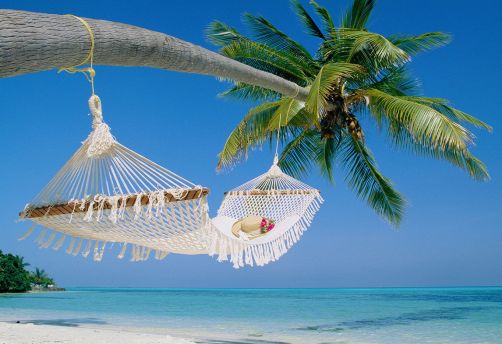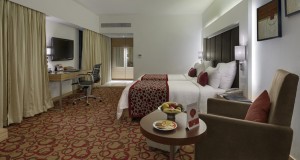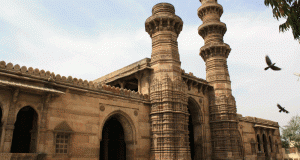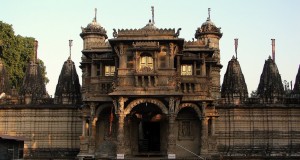Goa is a long, narrow 100 km (621/2 miles) of coastline running between the Arabia- Sea and the Western Ghats. It has some of the best beaches in the world, and is India favourite winter resort. The Mediterranean feel of the place (it was Portuguese territory up until 1961) adds to its charm, and many travellers come here for a break from India proper. There is a lot more to Goa than just its beaches—it is full of picturesque forts and churches, temples and towns, hills and mountains and many visitors return time and time again.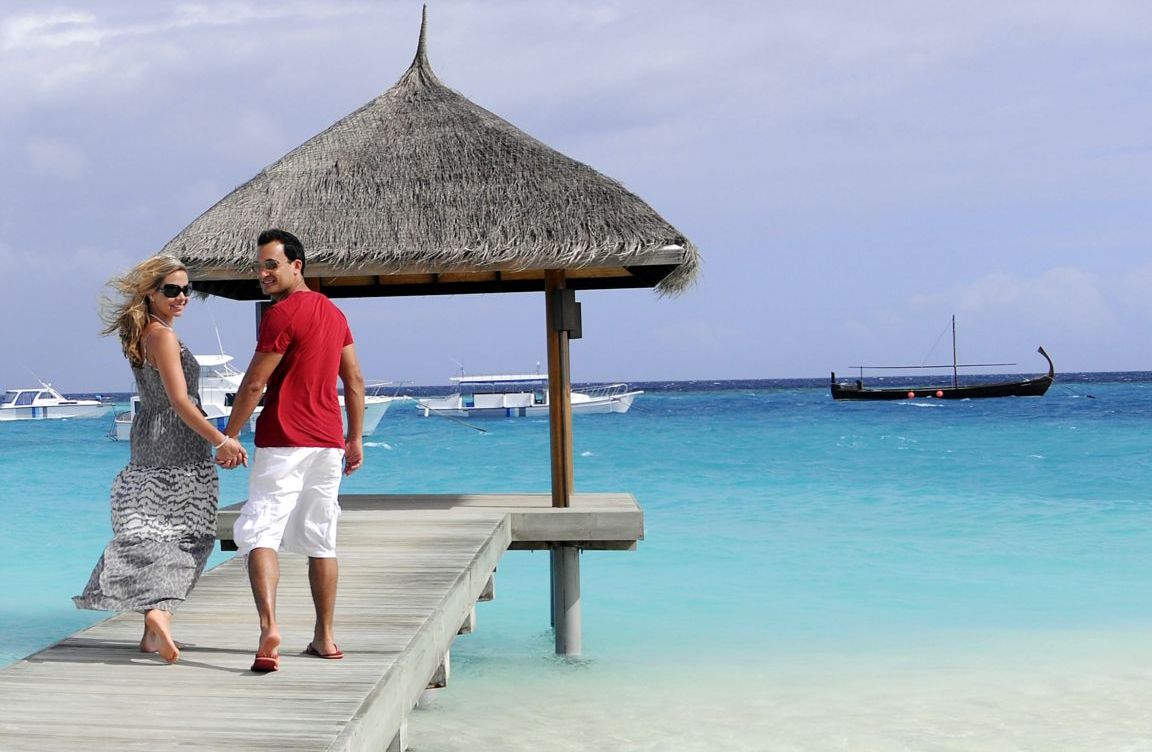
The origins of Goa are lost in legend. The popular myth is that it was reclaimed from the sea by the sixth avatar (incarnation) of Vishnu. Historically, it is datable to the 3rd century BC, when it formed part of the Mauryan Empire. Later, it was ruled by the Chalukyan kings of Badami (580-750), and by the Kadambas (credited with first settling the site of Old Goa in the mid-lith century). In 1469 it was seized from the Vijayanagar kings by the Bahamani Muslims, and in 1510 it was taken from the Bijapur kings by the Portuguese.
With its natural harbours and broad rivers, Goa made the ideal base for the trading, seafaring, evangelical Portuguese, bent equally on spreading Catholicism and controlling the eastern spice route. They named it Goa Doirada, or ‘Golden Goa’, and began a systematic programme of building churches and destroying Hindu temples. Behind the conquistadors came Jesuit and Franciscan missionaries, who achieved spectacular success in converting most Goans from Hinduism to Roman Catholicism, largely an achievement of the Inquisition, which arrived in 1560. The Jesuits also introduced the first cashew saplings to Goa and Kerala, and developed the art of cultivating coconut trees, which became Goa’s primary crops.
Portuguese control began in Old Goa, and gradually extended to include most of the territory, displacing a succession of local Hindu rulers in the process. Old Goa remained their capital until a terrible outbreak of plague in 1738 prompted a gradual move to Panjim. Portugal’s power then began to fade in Europe in the late 18th century, during the brief spell of British occupation of Goa during the Napoleonic Wars. But all three pockets of Portuguese power in India—Goa, Daman and Diu— remained essentially intact right up to December 1961, when they finally returned to Indian control.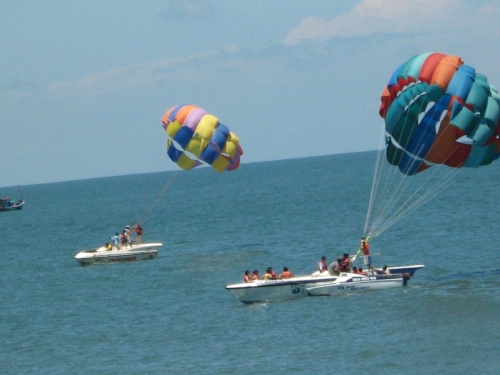
The last 30-odd years of Indian rule have hardly touched Goa’s old Portuguese character and flavour (it is still a sleepy, laid-back Lisbon of the East), and has brought considerable benefits. The Portuguese did little for Goa—until 1961 there were no bridges, no roads (just bullock tracks once out of Panjim) and no electricity. The dians built bridges over Goa’s principal rivers, the Mandovi and the Zuari, and anjim was at last connected up with north and south Goa. They also developed Pilar rbour—a vast natural harbour backing onto a rich mountain of iron ore—and Goa ame wealthy practically overnight.
Finally, having constructed paved roads, modern buildings and hotels, and proper communications, the Indian Government prepared Goa for tourism. The potential was always there—the charming little villages with their sunny piazzas, the uncroken miles of wide sandy beaches, the pretty whitewashed churches and chapels, Hand the exotic combination of the Latin and Indian. But it was only in the 1960s, with arrival of the hippies, that its vast tourist market was at last recognised. The Goan people are not particularly keen on tourism, feeling it a threat to their culture and traditions. ‘Tourism brings degradation’, was one typical comment. Drugs, pimping, gambling, touting—all these things come around. Police are doing something now, but it is too little and too late.’ There’s an even fiercer reaction against Indian big business’, especially since Goa finally gained her own identity, on 31 May :987, and became the 25th state in the Union of India. As one aggrieved local remarked, ‘The Indians are coming and taking all our land. Over the last ten years, Four population has doubled—it’s getting all crowded, not only with tourists but with financial sharks from elsewhere in the country buying up all our land. It’s not good nor the Goan people, you know. We’ll be submerged as ‘a. minority.  Even our culture is being wiped out. After twenty years, you’ll find nothing of it.’ The only thing that made this man smile was the news that police had just arrested some Western girls for topless sunbathing on Colva and Anjuna beaches.
Even our culture is being wiped out. After twenty years, you’ll find nothing of it.’ The only thing that made this man smile was the news that police had just arrested some Western girls for topless sunbathing on Colva and Anjuna beaches.
Though the main industries of Goa are mining, fishing and tourism, most of her million or so inhabitants make their living from agriculture: the three main cops being rice, coconut and cashew. The population is pretty equally divided between Catholics and Hindus, both faiths coexisting in a state of pleasant harmony. The Goans are a basically simple, devout people, happiest when celebrating the feasts of their saints or deities. They love anyone who loves a good party.
The climate in Goa is most pleasant from November to February. Less crowded but hot from March to April. Avoid May—Indian annual holidays, when some beaches are packed with camera-clicking voyeurs. Monsoon is June to October.

